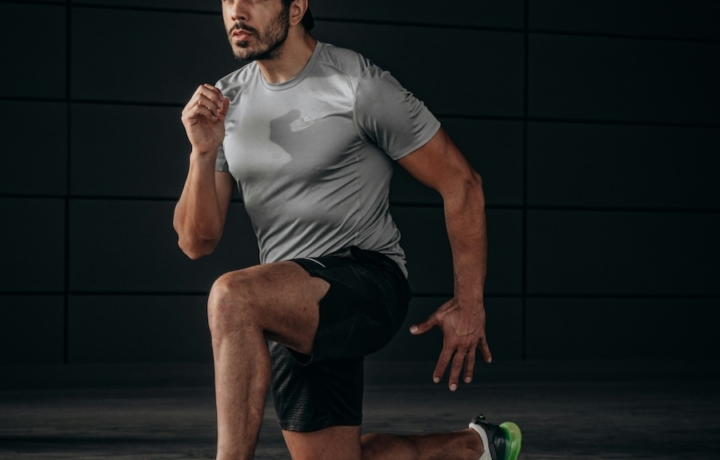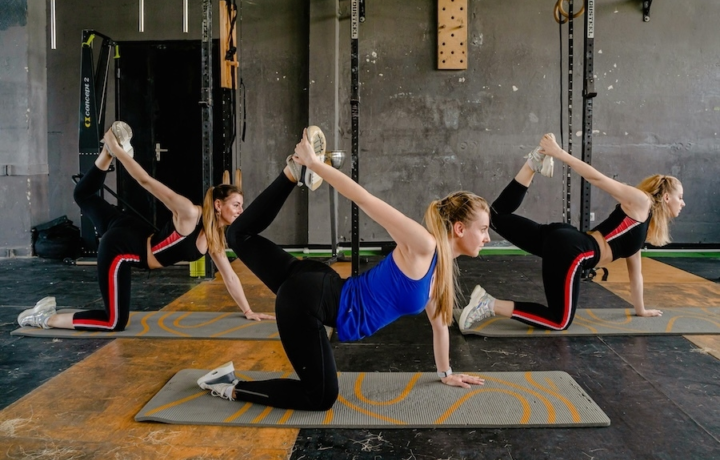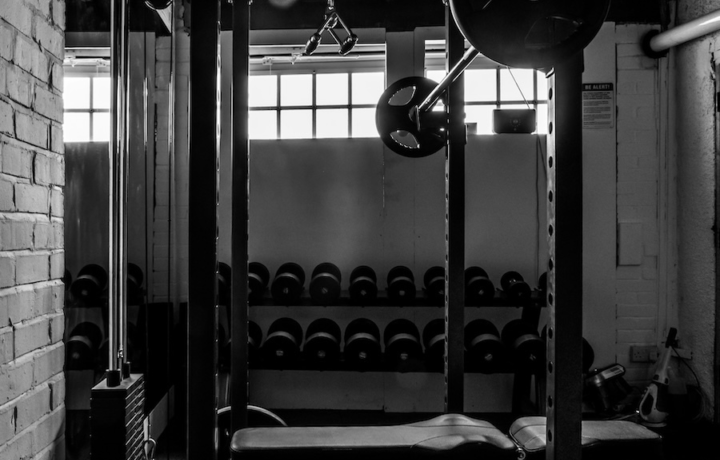Sleep, rest, and smart recovery: everything you need to know
Recovery
Recovery is more than taking a day off, it’s the foundation of long-term progress. Whether you're training for strength, endurance, or aesthetics, your body needs time to repair, rebuild, and grow. In this section, you’ll find everything from recovery principles and science-backed terms to FAQs about rest days, soreness, and routines that support recovery.
FAQ (6)
Foam rollers, massage balls, resistance bands, yoga mats, and even light dumbbells or kettlebells can support mobility and stretching work. Wearables that track heart rate or readiness can also help guide when and how to recover effectively.
Yes. While the primary goal is recovery, these sessions improve circulation, joint mobility, and muscular endurance. Over time, consistent recovery work can enhance movement quality, reduce injury risk, and improve performance in your main training sessions.
Active recovery involves gentle movement to promote blood flow and reduce soreness, while complete rest means no physical activity at all. Both have benefits, but active recovery can help reduce stiffness and keep your body moving without overexertion.
Most people benefit from 1–2 recovery workouts per week, especially after high-intensity training days. You can also use active recovery as a cooldown or add mobility sessions on rest days to stay loose and support recovery between workouts.
Recovery workouts typically include low-impact activities such as walking, swimming, cycling, yoga, foam rolling, or mobility routines. These sessions are performed at low intensity and help your muscles recover without adding additional fatigue.
The best recovery exercises include foam rolling, dynamic stretching, yoga, and light aerobic exercises like walking or cycling. These exercises promote muscle relaxation, improve flexibility, and boost circulation to help muscles recover faster. Foam rolling is especially useful for releasing tight spots, while yoga helps improve posture and range of motion.
Definitions
A planned day without intense training to allow the body and nervous system to recover. Rest days can be fully passive (no exercise) or include light movement (active recovery). They're not a setback — they’re part of the plan for sustainable progress.
A state where training volume or intensity exceeds the body’s ability to recover. Symptoms include chronic fatigue, sleep issues, performance decline, and irritability. Overtraining isn’t just about working out too much — it’s also about under-recovering. Structured rest is key to avoiding it.
Sleep is the most effective recovery tool available. Deep, uninterrupted sleep supports muscle repair, hormone regulation (especially growth hormone and cortisol), and overall physical and mental performance. Aim for 7–9 hours per night, with a consistent bedtime routine.
The muscle soreness you feel 24–72 hours after intense or unfamiliar exercise. It’s caused by microscopic damage to muscle fibers and is a normal part of the adaptation process. While uncomfortable, DOMS typically fades within a few days and lessens as your body adapts to your training.
Low-intensity movement performed on rest days to promote blood flow and reduce muscle stiffness. Think walking, light cycling, mobility work, or yoga. Active recovery helps speed up muscle repair without adding extra stress to the body.












